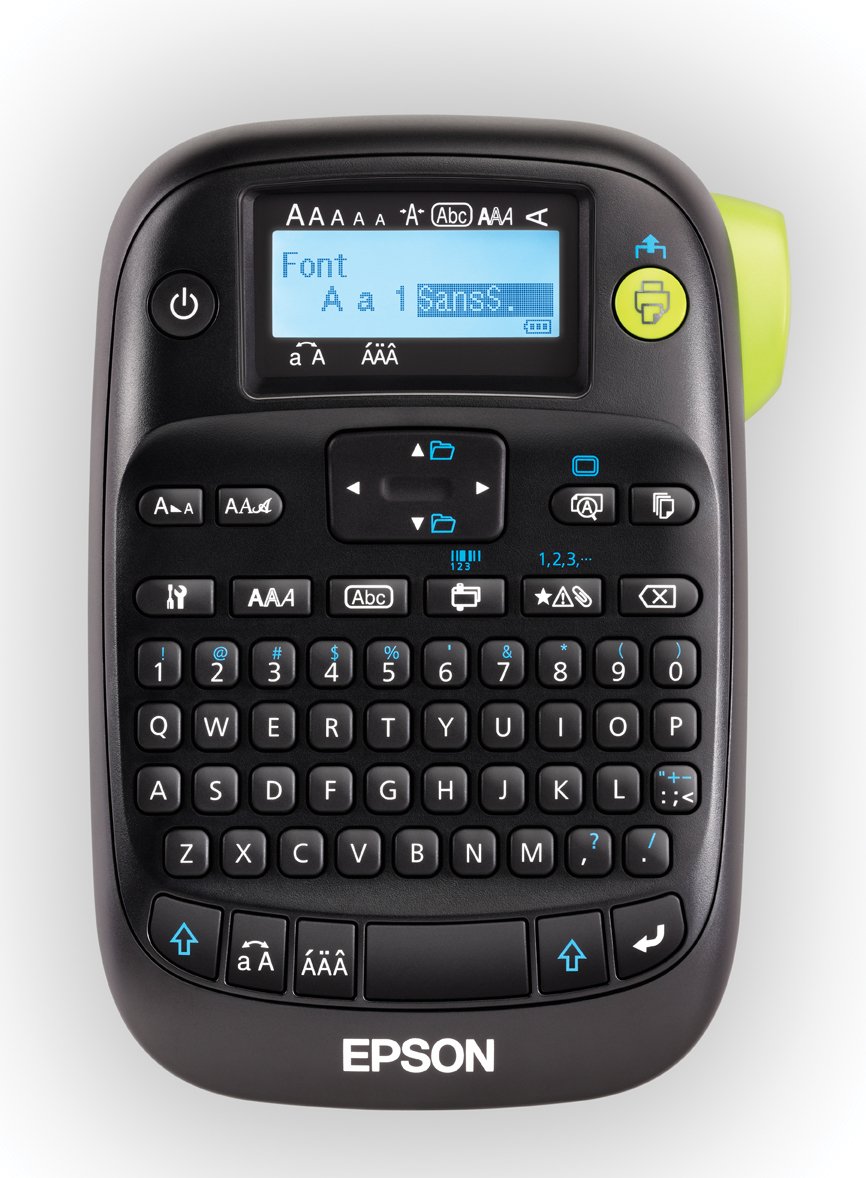If you are just getting started leading or facilitating lean or six sigma events, you need to be prepared with a list of kit supplies to have during the event.
Each event will have different objectives and require different supplies, but here is a list of items to consider (Note: Amazon affiliate links):
Write On - Cling On Reuseable Static Easel Pad - Better for the environment than paper easel pads, but if you want paper, at least use the recycled paper version, and you might need a easel pad stand.
Post-it Recycled Sticky Notes - A must have for any event. Select the recycled paper version.
Digital Stopwatch - If you are doing anything related to time, you need real measurements from the process, not data from a system. Timings also allow you to see the waste first hand.
Clipboard with calculator - Useful for taking notes, and doing quick math, such as takt time, yield, or DPMO.
"Butcher" paper roll - Good for taping to wall for process mapping with post-it notes
Recycled Perforated Note Pads - Good for taking notes during walk throughs, tours and process reviews
Colored pencils - Useful for showing multiple flows on spaghetti diagrams
Flip chart markers - Write on dry erase boards or easel pads
Name tents - These are reusable with dry erase markers, to save paper.
Other items that you will need, but should not require ordering online:
Pedometer - Easy way to capture actual walking distance of people, instead of what it should be on paper
Label maker - For making signs and labels in work area
Laminator - For making signs to hang in work area or metric sheets that can be wiped clean each day
Measuring wheel - An easier way to calculate square footage and distance than a tape measure
These items above are generic for most events, not specific to a VSM or 5S event, which would require additional items, such as VSM data box sheets or 5S red tags.
Did we forget something important off the list? If so, leave a comment below...
Each event will have different objectives and require different supplies, but here is a list of items to consider (Note: Amazon affiliate links):
Write On - Cling On Reuseable Static Easel Pad - Better for the environment than paper easel pads, but if you want paper, at least use the recycled paper version, and you might need a easel pad stand.
Post-it Recycled Sticky Notes - A must have for any event. Select the recycled paper version.
Digital Stopwatch - If you are doing anything related to time, you need real measurements from the process, not data from a system. Timings also allow you to see the waste first hand.
Clipboard with calculator - Useful for taking notes, and doing quick math, such as takt time, yield, or DPMO.
"Butcher" paper roll - Good for taping to wall for process mapping with post-it notes
Recycled Perforated Note Pads - Good for taking notes during walk throughs, tours and process reviews
Colored pencils - Useful for showing multiple flows on spaghetti diagrams
Flip chart markers - Write on dry erase boards or easel pads
Name tents - These are reusable with dry erase markers, to save paper.
Other items that you will need, but should not require ordering online:
- Scissors
- Rulers
- Tape (masking and scotch)
- Pencils and pens
- Digital camera - someone should have a smart phone that takes good pictures
- Tape measure
- Glue sticks
- Sharpies (permanent markers) - bold enough so words are legible when posted on the wall
Pedometer - Easy way to capture actual walking distance of people, instead of what it should be on paper
Label maker - For making signs and labels in work area
Laminator - For making signs to hang in work area or metric sheets that can be wiped clean each day
Measuring wheel - An easier way to calculate square footage and distance than a tape measure
These items above are generic for most events, not specific to a VSM or 5S event, which would require additional items, such as VSM data box sheets or 5S red tags.
Did we forget something important off the list? If so, leave a comment below...


















